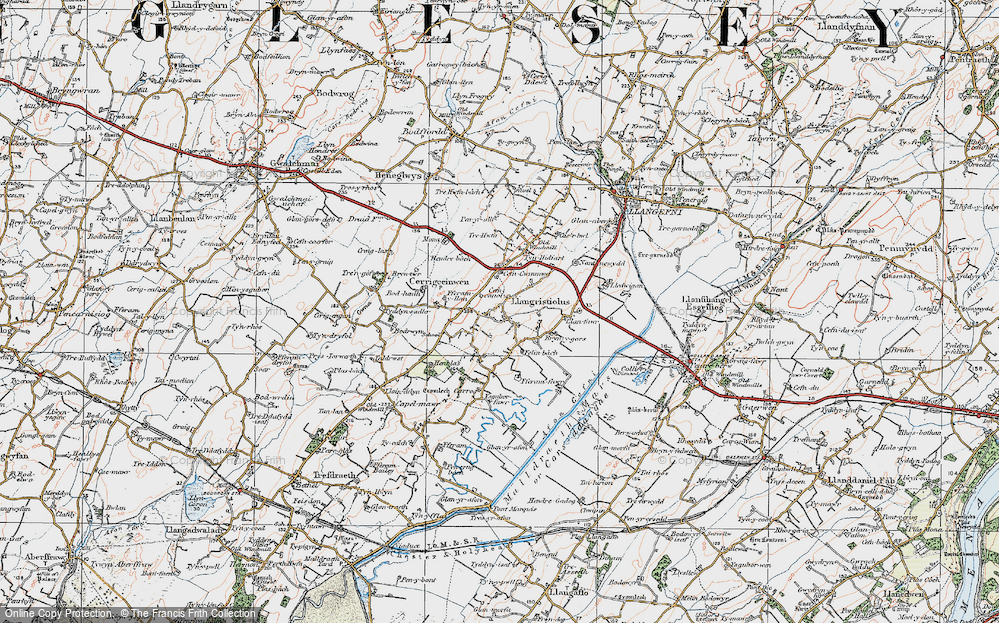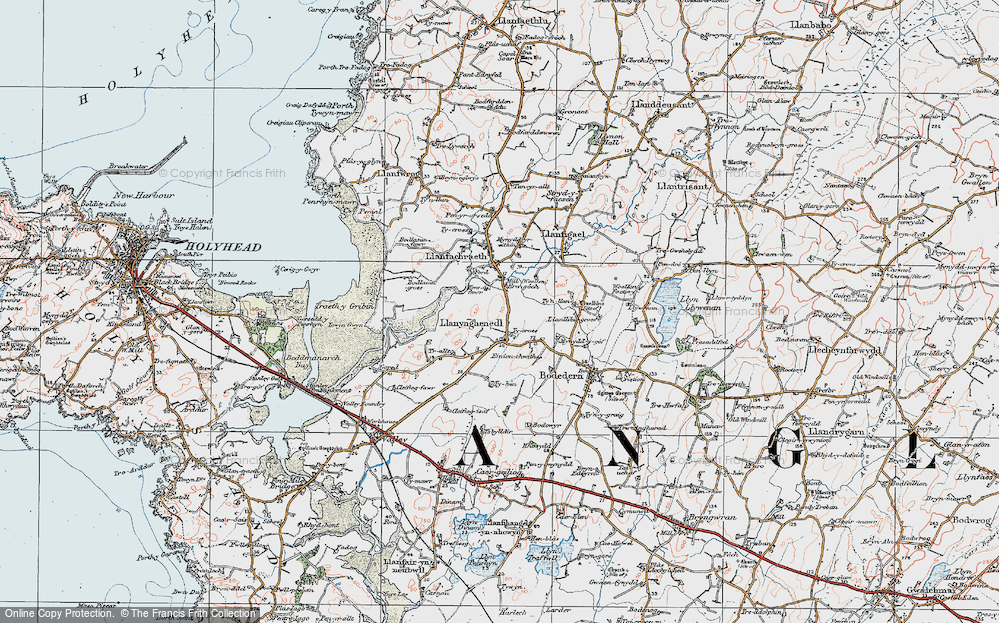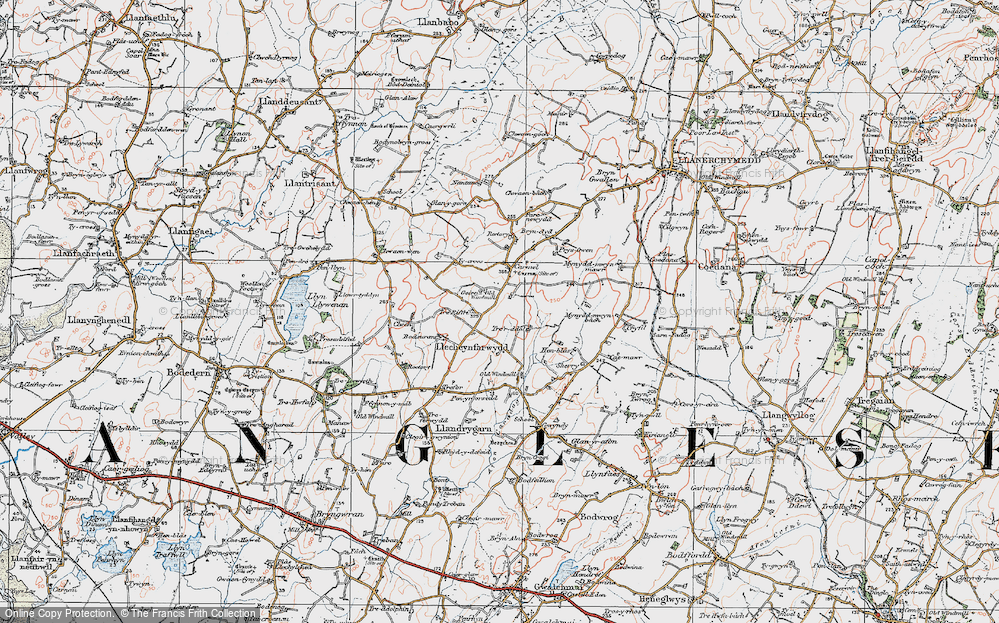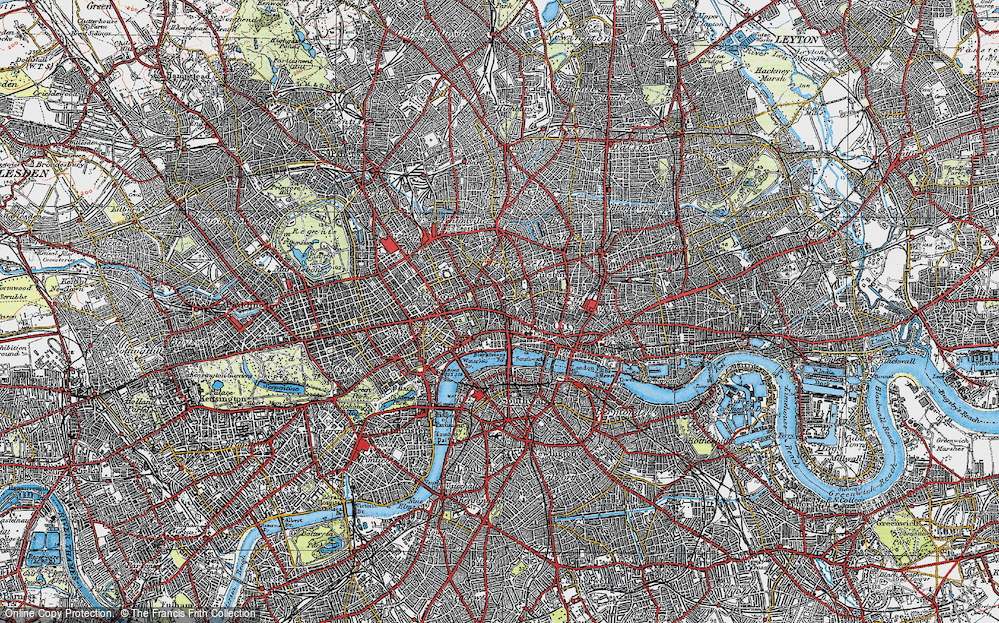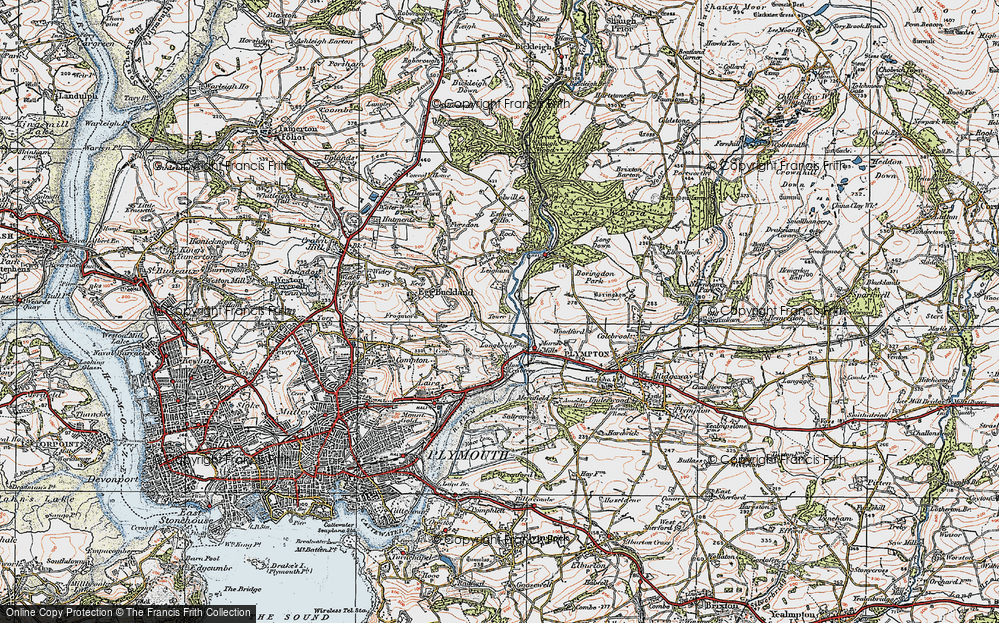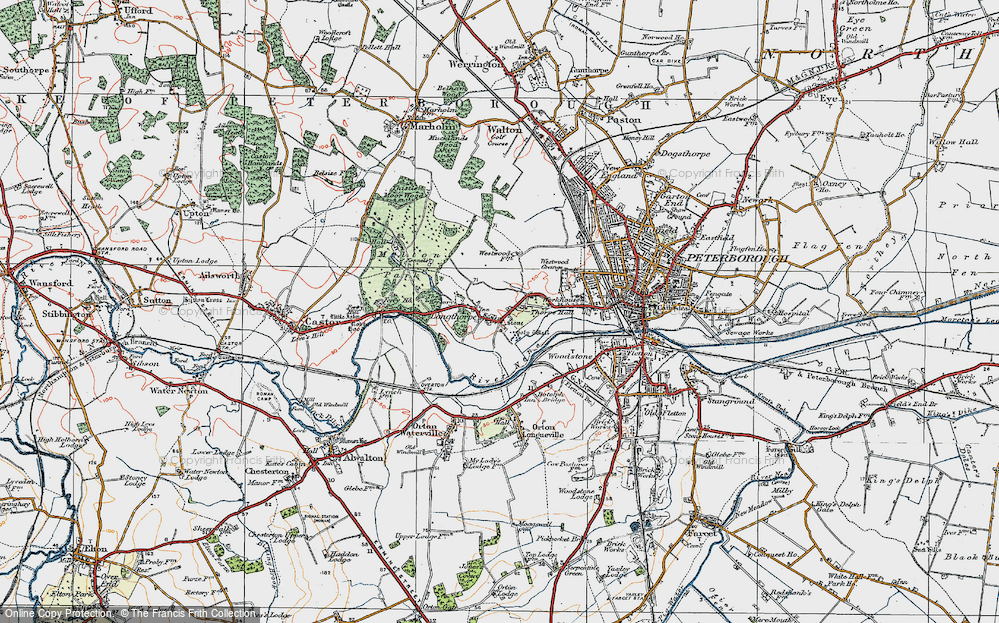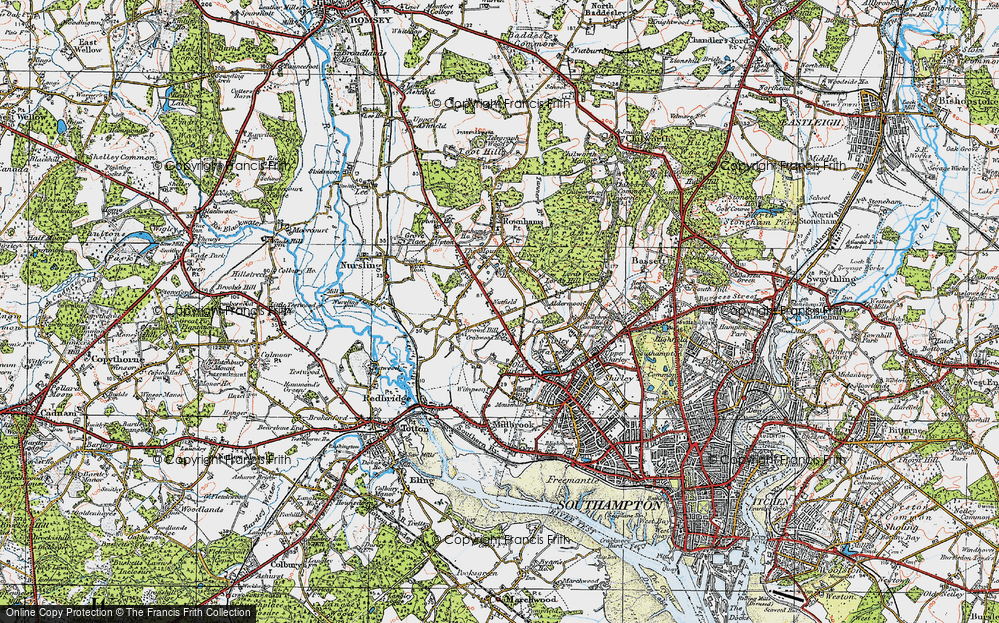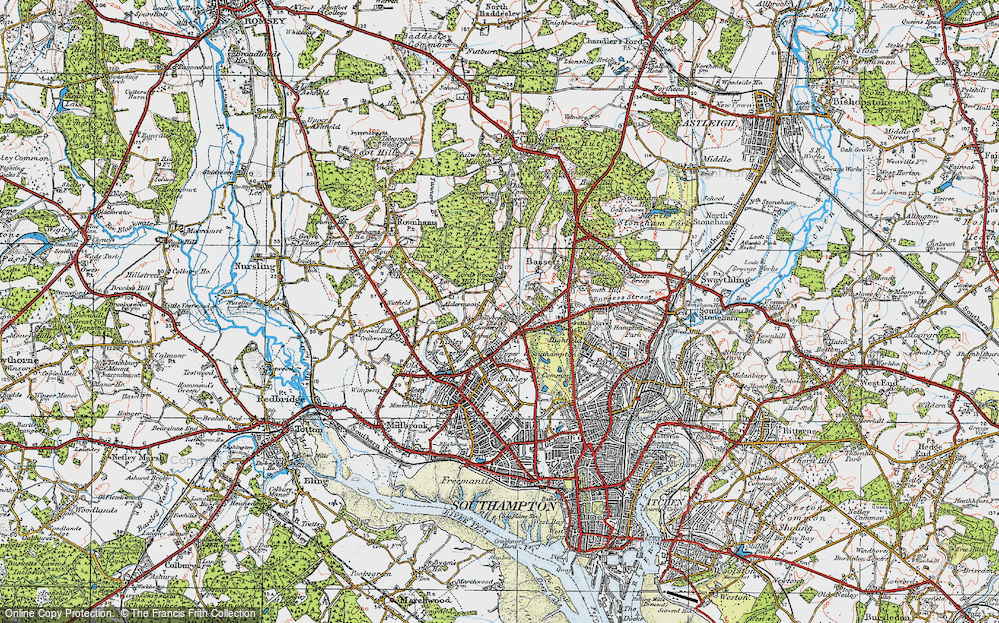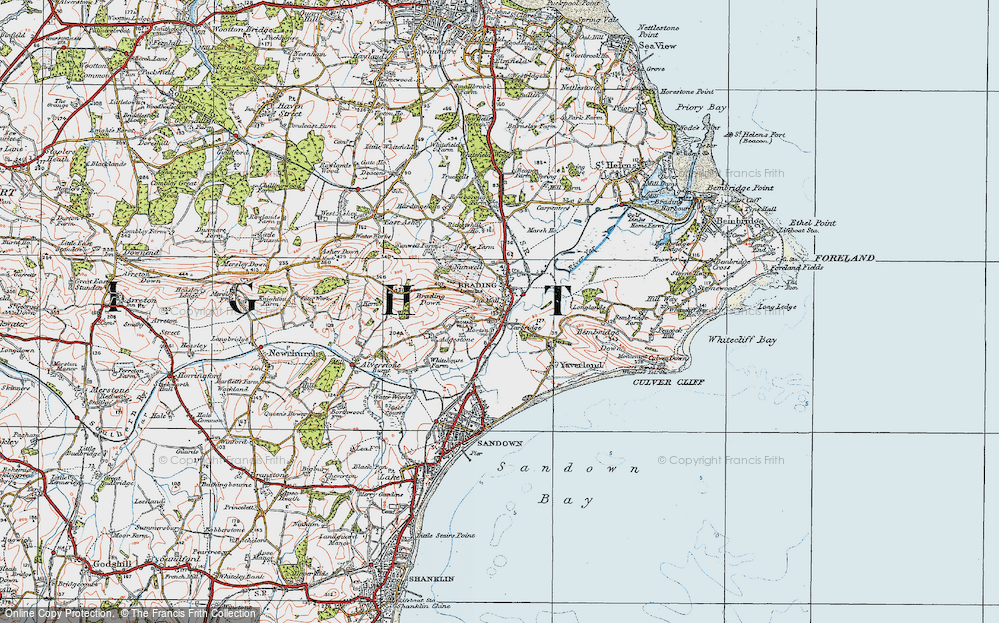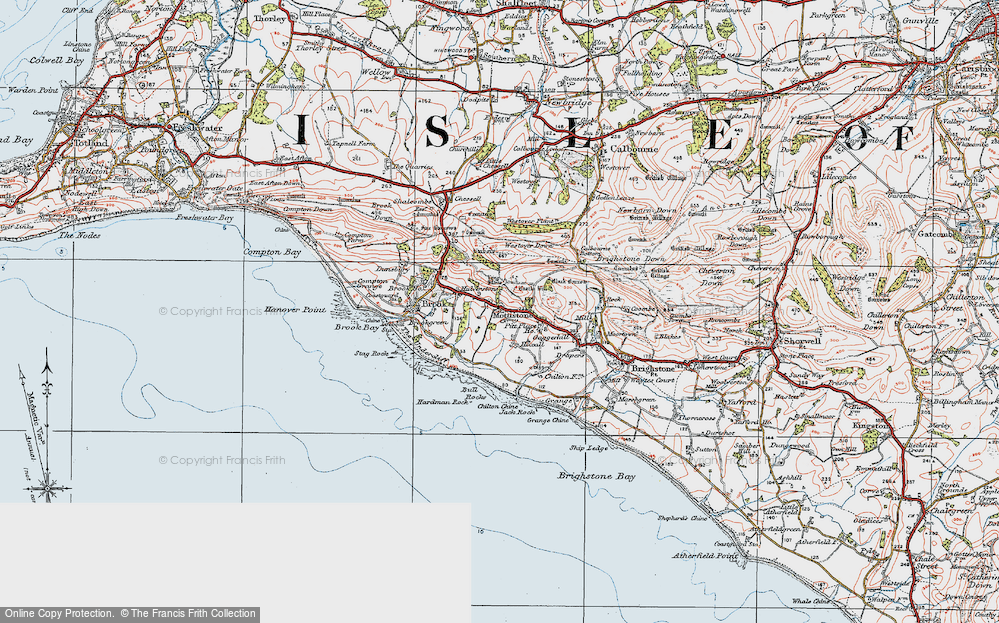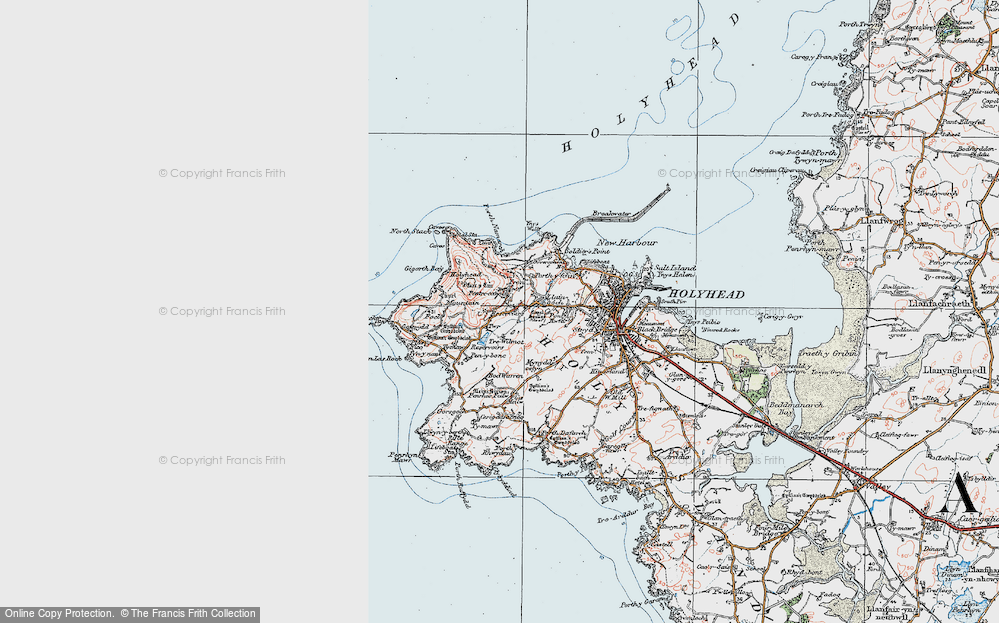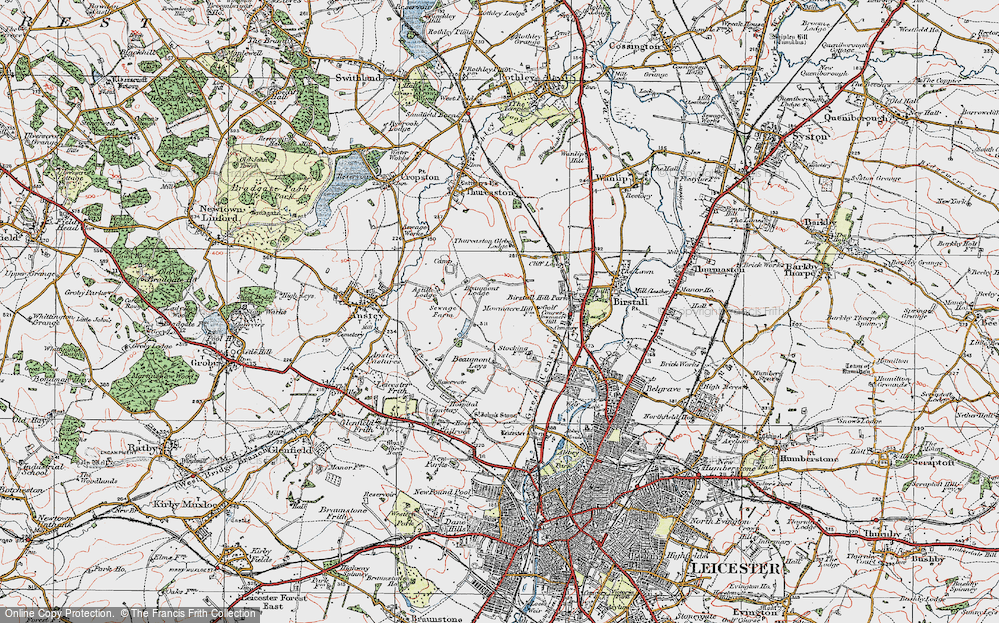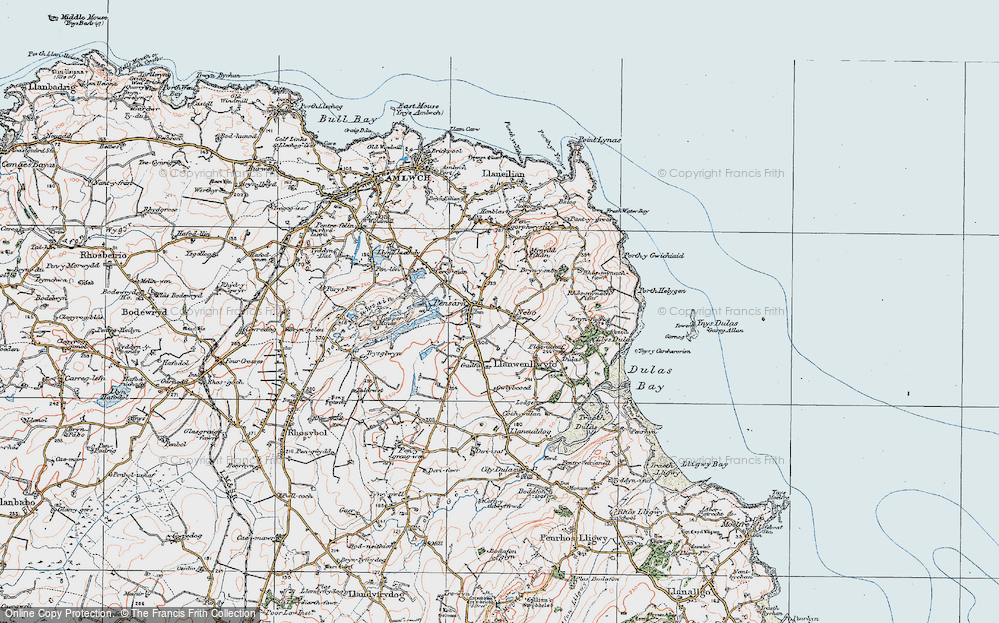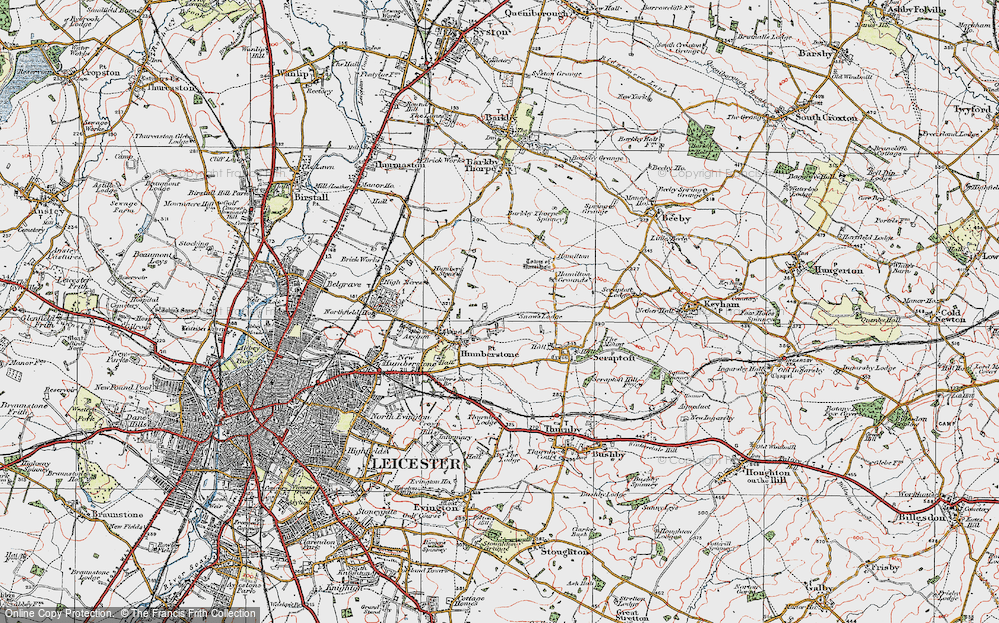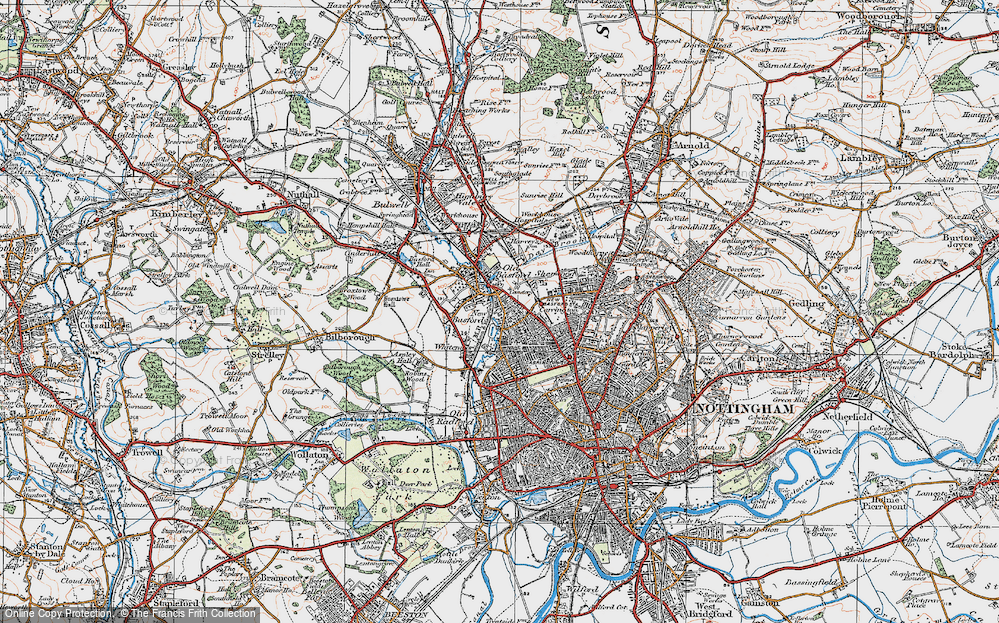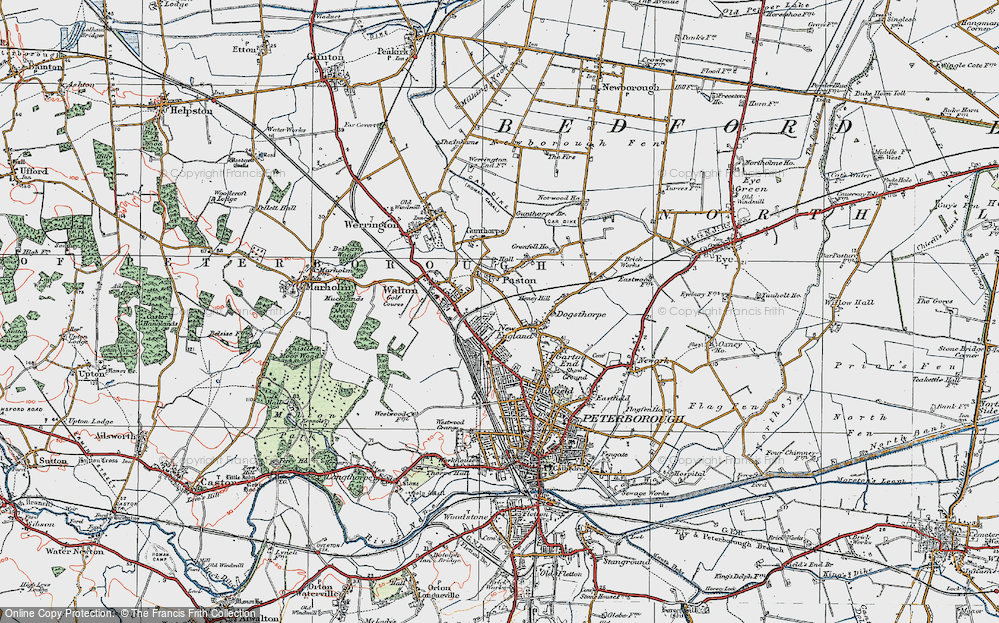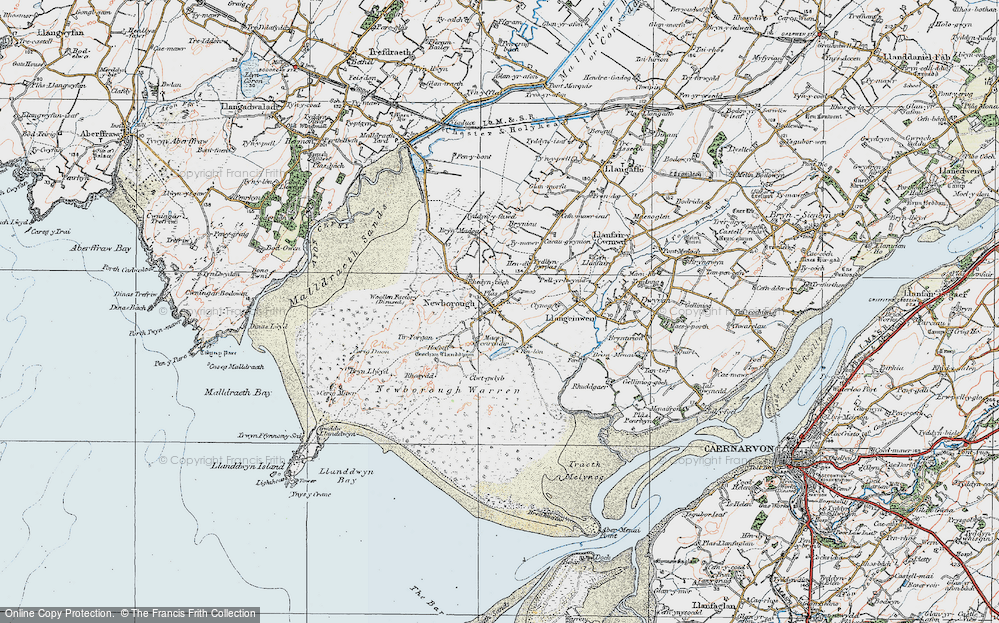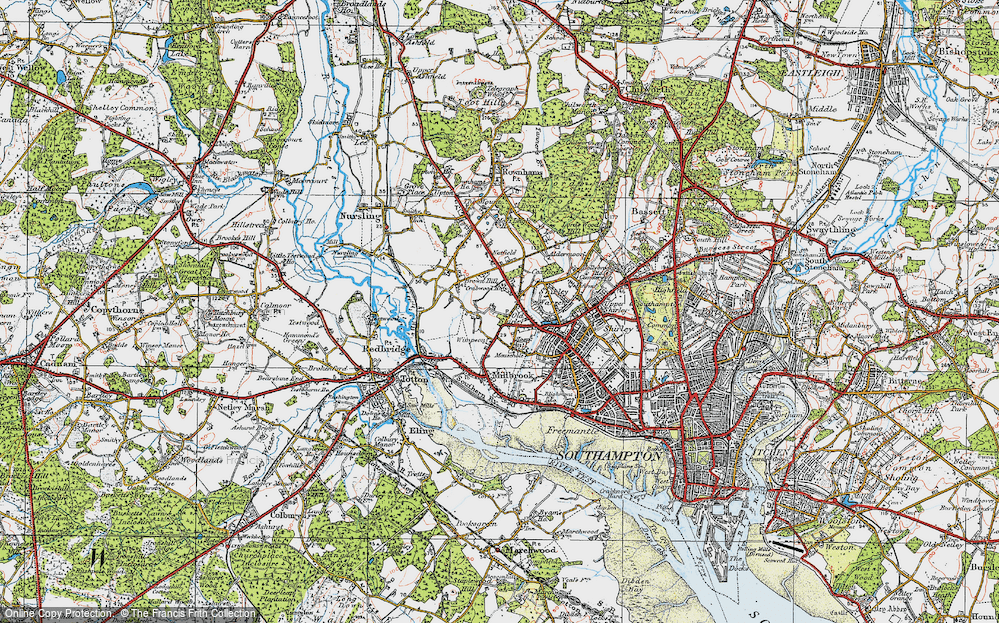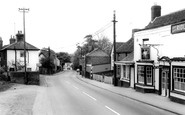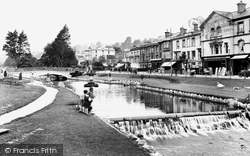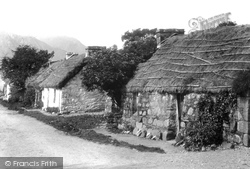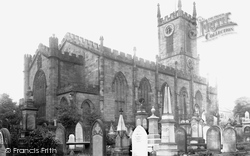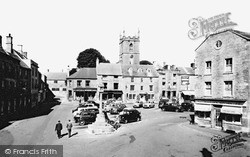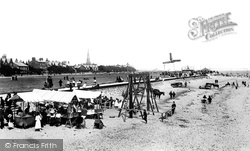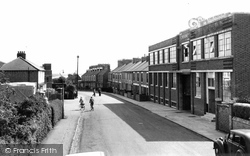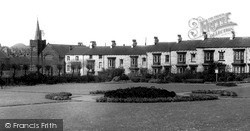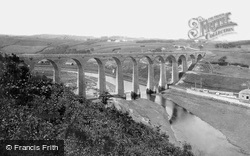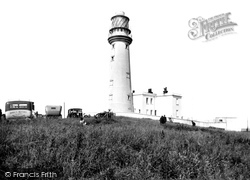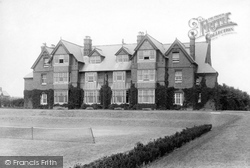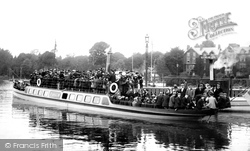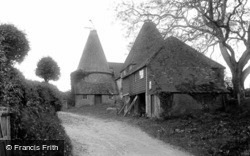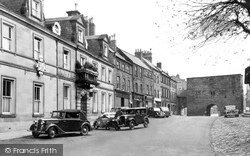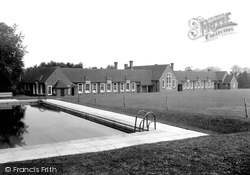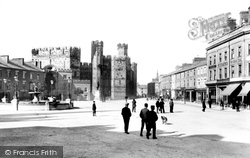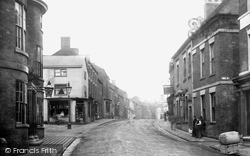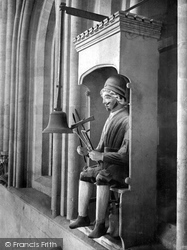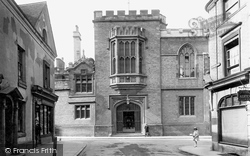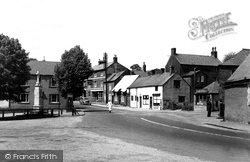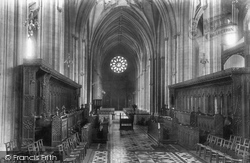Merry Christmas & Happy New Year!
Christmas Deliveries: If you placed an order on or before midday on Friday 19th December for Christmas delivery it was despatched before the Royal Mail or Parcel Force deadline and therefore should be received in time for Christmas. Orders placed after midday on Friday 19th December will be delivered in the New Year.
Please Note: Our offices and factory are now closed until Monday 5th January when we will be pleased to deal with any queries that have arisen during the holiday period.
During the holiday our Gift Cards may still be ordered for any last minute orders and will be sent automatically by email direct to your recipient - see here: Gift Cards
Places
Sorry, no places were found that related to your search.
Photos
Sorry, no photos were found that related to your search.
Maps
7,034 maps found.
Books
163 books found. Showing results 5,065 to 5,088.
Memories
22,913 memories found. Showing results 2,111 to 2,120.
Brook Farm Caravan Site
As a young lad, I enjoyed many happy holidays at Brook Farm Caravan Site in Nansen Road, Holland-on Sea, where my parents owned a caravan. This site was very quiet and superbly unspoilt with nothing but a small shop ...Read more
A memory of Holland-on-Sea in 1965
Barclays And Taylors Of Tarraby Farm
My mother Gladys Taylor (nee Barclay) and father James Taylor married and lived at Tarraby Farm, Carlisle in 1927. My mother's parents were Alexander and Isabella Barclay, who lived and worked on the the farm. ...Read more
A memory of Carlisle in 1920 by
School Days
I lived in Ridgeway, Langwith Junction. Mum would give me a shilling to go to the pictures matinee at the Empire on Saturday morning. It cost 7 pence to go in and 5 pence for sweets, it would be packed with kids, you coudn't hear ...Read more
A memory of Langwith Lodge in 1952 by
Mottingham Farm
I worked here in the 80's as a teen. Looking at this photo, the place hasn't changed a bit. It changed hands after Brad Collins passed away and is still a riding school today.
A memory of Mottingham in 1980 by
Little Waltham
I used to live in Little Waltham when I was eight until 19. We lived in a thatched cottage without electric, and no central heating, only an open fire and kitchen range. The windows used have patterns on them in the winter. In ...Read more
A memory of Little Waltham in 1954 by
Ashby Aint Like It Used To Be
I was born and bred in Ashby-de-la-Zouch, the eldest of three children. My memories of Ashby itself are snapshots from a time which now seems so old-fashioned that it as nostalgic as a Herriot novel. As a ...Read more
A memory of Ashby-de-la-Zouch in 1970
Visiting Ferndown
(Not just 1955, probably most of the 1950s.) When my mother was a little girl, she was looked after by a nanny, who in her later years lived at Fairways, a bungalow at the end of Carroll Avenue. In the 1950s when I was very ...Read more
A memory of Ferndown in 1955
Weekend Visits
I was only about 6 years old but I clearly remember visiting my grandparents' house on weekends. My grandfather was a gamekeeper on the moors until his retirement. In the early 1970s he and his wife moved to nearby Penistone. ...Read more
A memory of Upper Midhope in 1970 by
Caddys Ice Cream
I loved Caddy's. Sometimes if I think hard enough I can get the memory of its taste, mmm. I remember having a tall glass of lemonade and ice cream and sitting on leather upholstery in the parlour in town. It was such a treat. We ...Read more
A memory of Dewsbury by
Clach Eile Air Achairn
After many years, I came once more to Kiltarlity and saw again the post office, where my late father and his brother grew up. Robert, the elder, became the post master and lived there until his death. Donald, my father, ...Read more
A memory of Kiltarlity in 1990 by
Your search returned a large number of results. Please try to refine your search further.
Captions
9,654 captions found. Showing results 5,065 to 5,088.
Three mallard ducks purposefully traverse the shallow ford across this little stream which flows on to join the River Thames.
The Dawlish Water and its high tributary the Smallacombe Brook rise on the wooded heathland of Little Haldon Hill, which rises eight hundred feet at the back of the town.
The reason for the Glencoe massacre was the failure of MacIan to swear allegiance to William III before 1 January 1692.
Apart from the ladies with the perambulator, Roberts Park appears to be deserted. It might have been a requirement that the Frith cameraman take the picture with as few people as possible in it.
Apart from the ladies with the perambulator, Roberts Park appears to be deserted. It might have been a requirement that the Frith cameraman take the picture with as few people as possible in it.
This church was a gift to the nation under the Million Act of 1818 (see Huddersfield).The church seats 1488, and cost £7687. Inside the tower can be found six bells.
Local lore says that the buildings were clustered so tightly around the Square to keep the wind off the farmers on market days.
The children's amusements at Lytham consisted of a few swings, donkey rides and a couple of stalls. There is quite a large crowd gathered down toward the old windmill.
Rushton Road, at the east end of Station Road, is a mix of Victorian terrace housing and factories.
This handsome terrace of Victorian houses, built in distinctive white 'Pease' brick overlook the Coronation Park.
The Hope was one of the many inns and pubs that lined the course of the canal, at one time or another.
Trains from Scarborough crossed the viaduct, stopped at West Cliff and then reversed steeply down beneath the viaduct into Whitby.
The lighthouse was designed by Samuel Watts and built by John Matson at a cost of £8000. It was first lit on 1 December 1806.
Private education played a strong part in the growth of the Lytham economy. This building is a good example of the accommodation in use at the beginning of the last century.
Packed to the gunwales, the newly-commissioned pleasure steamer 'Teal' leaves Bowness Pier for a trip on Windermere.
It was rural, bucolic scenes like this one at 600-acre Quince Farm that inspired Tennyson to write a poem of 47 words while visiting the area one summer's day in the 1860s.
The White Swan stands on the north side of Bondgate Within. The frontage is mid 19th-century, but the real gem is inside.
Now in 2001 it is to move to a new building with extensive playing fields at Floral Way.
Dominating Castle Square ('Y Maes' in Welsh) at the west end of the town stands the great bulk of the castle. The structure covers two and a half acres and is in the shape of an irregular oblong.
The town grew up astride what was the most important road in medieval England, that between London and Chester, at that time the principal port for Ireland.
In the stonework to the right of the clock sits a medieval mechanical wooden puppet called Jack Blandiver; he was repainted in the early 17th century.
Dr James was not one to spare the rod, but his successor, Dr Henry Ingles, was known as 'The Black Tiger' for the severity of his rule.
are to be found behind the camera.
At this date, entry to the main body of the church was free, but the sub-sacrist kept the keys to the Chapter House (considered one of the finest Norman chambers in the country), the Elder Lady Chapel
Places (0)
Photos (0)
Memories (22913)
Books (163)
Maps (7034)


